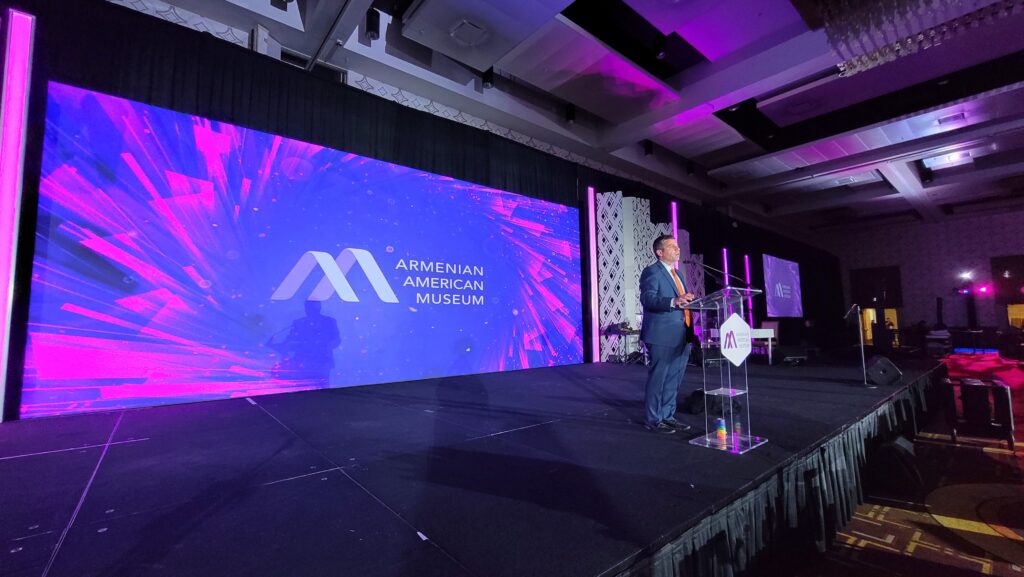Exploring The Way Resolution Affects the Performance and Visual Caliber of Light Emitting Diode Walls in Modern Exhibition Technology
Exploring The Way Resolution Affects the Performance and Visual Caliber of Light Emitting Diode Walls in Modern Exhibition Technology
Blog Article
Light Emitting Diode screens are becoming more and more popular in various environments, from musical events and athletic events to corporate displays and art exhibits. One of the most crucial elements that influence the performance and image clarity of these screens is resolution. Resolution denotes the number of pixels that compose the visual on the display. Higher resolution means additional pixels, which can lead to clearer and crisper visuals. Understanding how resolution impacts LED screens can assist users make informed decisions about their screen requirements.
When discussing resolution, it is essential to take into account picture pitch, which is the distance between the center of one picture element to the midpoint of the following picture element. A reduced picture spacing results in a higher resolution, allowing for more detail in the images displayed. For example, an LED wall with a pixel pitch of 1.5mm will offer a sharper visual than one with a picture spacing of 3mm. This is especially important in environments where viewers are near to the screen, such as in a small venue or a trade show booth. In these situations, a greater resolution can greatly improve the observing quality.
Another aspect of resolution is its impact on color accuracy and luminosity. LED screens with higher resolutions often have better hue rendering, indicating that the hues displayed are more vibrant and realistic. This is essential for uses like marketing, where the goal is to attract interest and communicate a concept efficiently. Additionally, higher resolution screens can preserve brightness levels even when viewed from different perspectives. This is crucial in large locations where viewers may be seated at various ranges and positions from the display.
The functionality of LED screens is also affected by image clarity in terms of update frequencies and reaction durations. A higher image clarity screen can support quicker refresh frequencies, which is crucial for fast-moving material such as films and motion graphics. This means that the visuals on the display will look more fluid and increasingly seamless, improving the overall viewing quality. In contrast, lower resolution displays may struggle with fast-moving content, leading to blurriness or lag. Therefore, for events that rely on dynamic visuals, selecting a screen with a suitable resolution is critical.
In summary, image clarity plays a crucial role in determining the performance and visual quality of LED walls. Factors such as picture spacing, hue precision, luminosity, update frequencies, and response times all contribute to how effectively a display can communicate data and capture viewers. As technology continues to progress, grasping these factors will assist users select the appropriate LED wall for their specific requirements, ensuring that they achieve the best possible results in their led wall rental for sporting events displays and occasions.